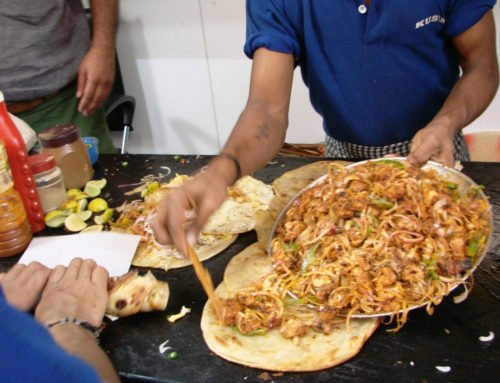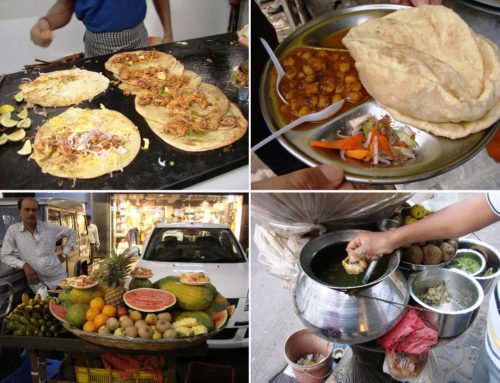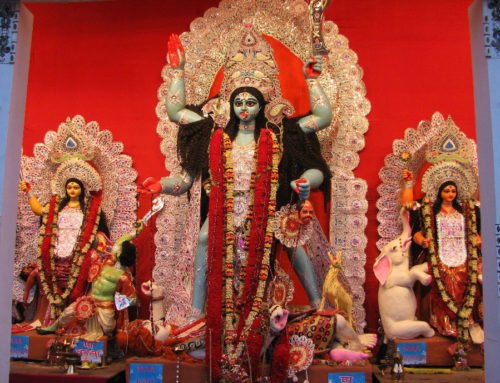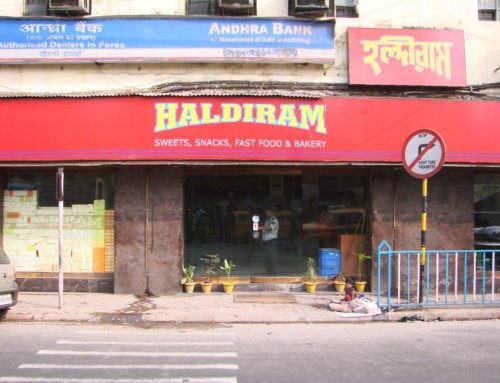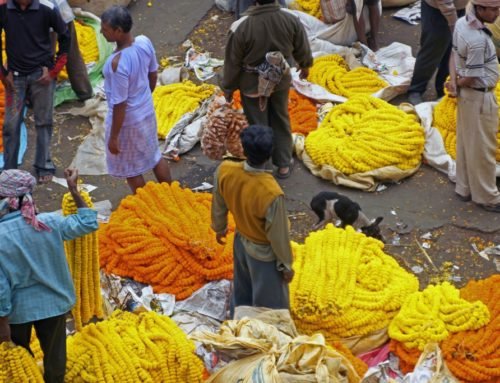Overview
- Features: Monument to Queen Victoria, now a museum
- Opening Times: 10am to 5pm (Tue-Sun)
- Best Time to Visit: Before sunset
- Duration: 1 to 2 hours
- Travelled By: Metro
- Cost: Indian/foreigner Rs 10/150
- Address: 1 Queen’s Way, Kolkata, West Bengal, India
- Type: Memorial
Author Reviews[display_rating_item_results rating_form_id=”2″ rating_entry_ids=”1″ show_category_filter=”false” show_options=”true” result_type=”star_rating” preserve_max_rating=”true” show_title=”false” show_count=”false” ]
Total Rating: [display_rating_result rating_form_id=”2″ show_count=”false” show_rich_snippets=true] [accordions load=”1″] [accordion title=”User Reviews” last] [display_rating_item_results rating_form_id=”5″ show_options=”true” result_type=”star_rating” preserve_max_rating=”true” show_title=”false” show_count=”true” show_rich_snippets=true] [/accordion] [accordion title=”Add Review”][display_rating_form show_email_input=”true” show_comment_textarea=”true” show_name_input=”true” rating_form_id=”5″] [/accordion] [/accordions]
Summary
Conceived of by Lord Curzon in 1901 as a monument to Queen Victoria four years after her death, the domed Victoria Memorial is Kolkata’s most recognizable landmark. Now a museum, its 25 galleries are spread over the ground and first floors. The collection, which covers a fascinating selection of Raj memorabilia, includes the Kolkata Gallery, with oil paintings and watercolours of the city’s history.
Victoria Memorial Kolkata
Kolkata’s most celebrated landmark, the incredible Victoria Memorial is a vast, beautifully proportioned festival of white marble: think US capitol meets Taj Mahal. Designed in Italian Renaissance-Mughal style, this monument to Queen Victoria four years after her death was the brainchild of Lord Curzon (1859-1925), one of British India’s most flamboyant viceroys. It was designed to commemorate Queen Victoria’s 1901 diamond jubilee, but construction wasn’t completed until nearly 20 years after her death.
The domed Classical structure was constructed from marble from Makrana, which also supplied marble for the Taj Mahal, and financed by ‘donations’ from princes and ordinary citizens. Now a museum, its 25 galleries are spread over the ground and first floors. The collection, which covers a fascinating selection of Raj memorabilia, includes the Kolkata Gallery, with oil paintings and watercolours of the city’s history.
[singlepic id=548 w=720 h=560 float=center]
The foundation stone of this impressive structure was laid by the Prince of Wales, later King George V, during his visit to India in 1906. Designed by William Emerson, President of the British Institute of Architects, the building stands in spacious grounds, dotted with ornamental palms, ponds and statues. A seated bronze Queen Victoria dominates the approach to the memorial. The statues over the entrance porches (including Motherhood, Prudence and Learning), and around the central dome (of Art, Architecture, Justice, Charity) came from Italy. Surmounting the dome is this impressive weather vane, a 6-m (20-ft) tall bronze winged figure of the Angel of Victory with a trumpet that weighs three tonnes.
[singlepic id=549 w=720 h=560 float=center]
[singlepic id=556 w=720 h=560 float=center]
[singlepic id=552 w=720 h=560 float=center]
A marble statue of Queen Victoria stands in the main hall where visitors sometimes leave flowers at her feet. Sculpted in marble by Thomas Brock in 1921, the statue of Young Queen Victoria holds an orb and a sceptre. Skylights in the marble rotunda allow light to filter through to illuminate the lobby below.
To the left of the first hallway, prints and paintings are displayed on hardboard hoardings that jar with the gallery’s original splendour. The soaring central chamber remains very impressive and leads through to the Kolkata Gallery, an excellent, even-handed exhibition tracing the city’s colonial-era history.
[singlepic id=555 w=720 h=560 float=center]
There are 25 galleries in the central hall and over 10,000 artefacts that represent various facets of the Raj, such as a desk owned by Queen Victoria, embellished with paintings of Indian birds and the queen’s rosewood piano. Exhibits are not restricted to Raj-artifacts; the black marble throne that belonged to Siraj-ud-Daulah is impressive, as is a gigantic painting of a Jaipur royal procession, said to be one of the largest paintings in Asia.
Among the fine collection of paintings are works by the 18th century landscape artists, Thomas Daniell and his nephew William Daniell, whose aquatints and lithographs of Indian scenes virtually determined the way India was perceived in 19th century Britain. The collection also includes paintings by Johann Zoffany (1733-1810), portraits of imperial stalwarts, records of the East India Company, an exquisite set of Persian manuscripts, and paintings that depict Kolkata’s history.
Even if you don’t want to go in, the building is still worth admiring from afar: there’s a magnificently photogenic view across reflecting ponds from the northeast. Or you can get closer by paying your way into the large, well-tended park (admission Rs 4, 5:45 am to 5:45 pm). By day, entrance is from the north or south gates (with ticket booths at both), though you can exit to the east.
[singlepic id=554 w=720 h=560 float=center]
The building is illuminated in the evening; the musical fountain is a special draw. Also in the evenings, the Victoria Memorial makes a spectacular canvas for a 45-minute English language sound-and-light show that’s better than you might initially fear from the very dated opening slide sequence. Ticket booth and entry are from the east gate. Seating is outside and uncovered; there are no shows in summer.
Getting to & from Victoria Memorial
Located on Queens Way in central Kolkata, the easiest and most affordable way to get to Victoria Memorial is to take the metro to Rabindra Sadan Metro Station. From there it’s a short walk to the south entrance gate at Circus Avenue. Alternatively, you can take a taxi directly to the entrance gate. Several buses stop along JN Road; ask for the Exide bus stop. Private cars with chauffeurs can also be hired from reputable hotels or travel agencies in town.



